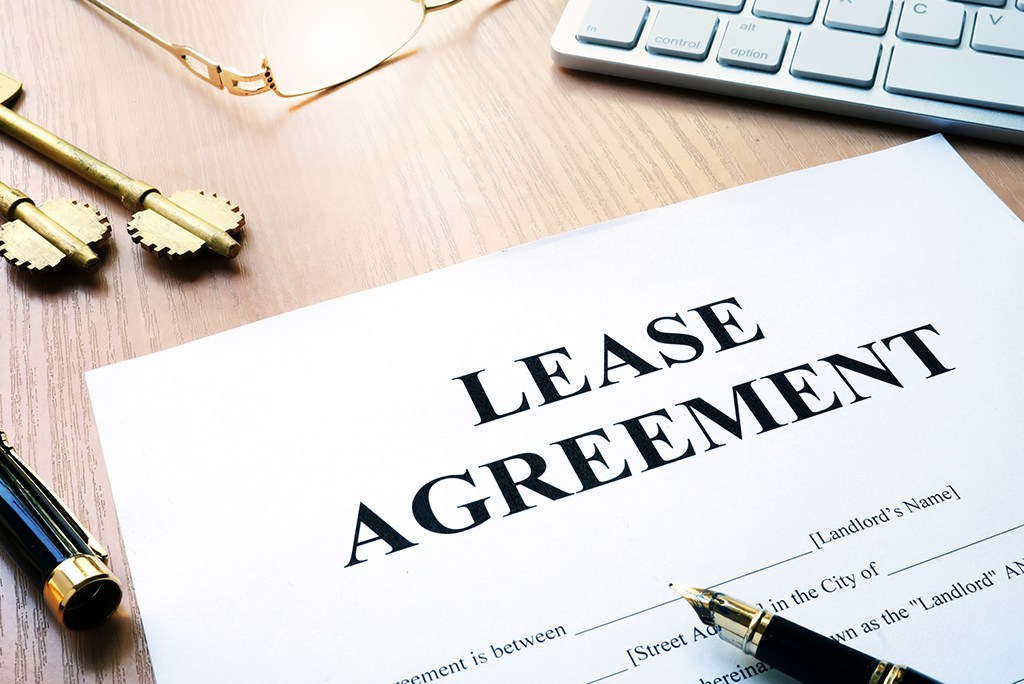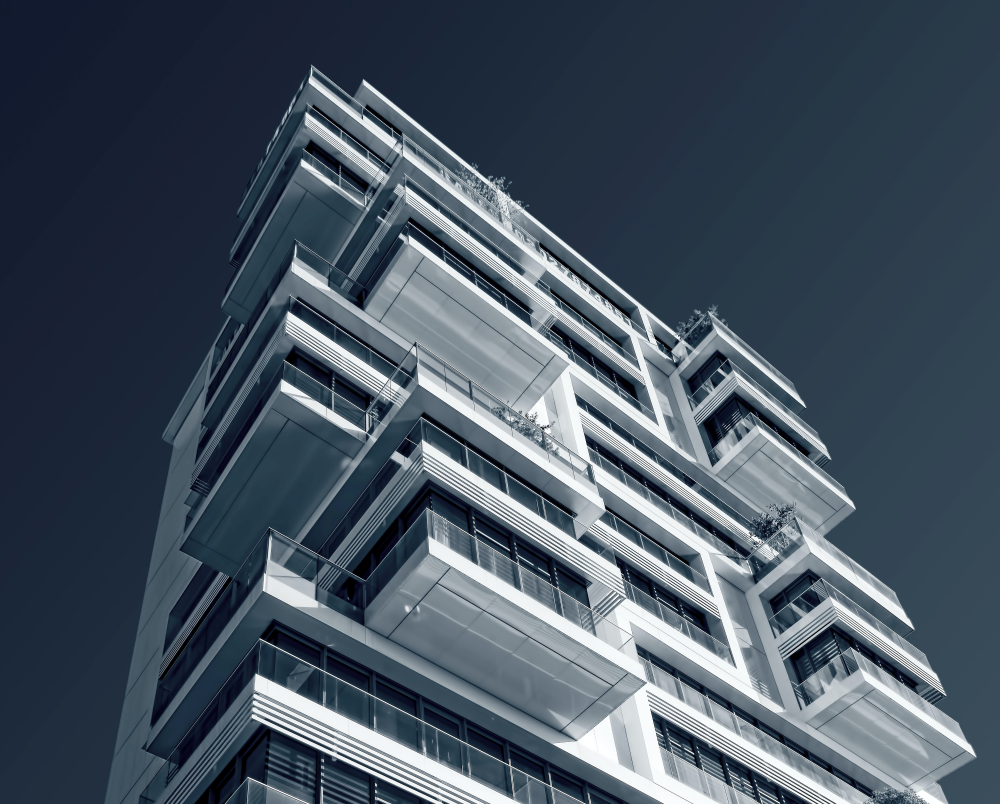Commercial Lease Transfer of Retail Shops in New South Wales
What is transfer of lease?

Transfer of lease refers to a lessee (Tenant) transferring their interest of the property to another party (Assignee) before the end of the lease. The Tenant does not intend to recover their interest in the lease afterwards.
Usually, our clients would transfer their lease under two situations:
1. When clients intend to sell their business, and the intended purchaser of the business is also willing to accept the existing lease and is not requesting a new contract with the Landlord.
2. Clients who wish to terminate the lease before the end of the lease, and they have already found a new tenant for replacement.
When deciding a new place for business, the business owner should understand the differences between retail leases and commercial leases. Retail leases allow retail activities to be held inside the business premises, and commercial leases apply to premises without retail activities, such as offices, warehouses and factories. The terms and conditions under the two kind of leases may affect your decision on carrying out business activities, the main differences being that they are subject to different legislations. The terms and conditions of retail leases in New South Wales is subject to Retail Leases Act 1994 and its subsequent amendments, such as Retail Leases Amendment (Review) Bill 2016, which came in force on 1 July 2017. For commercial leases, parties are allowed to negotiate the terms and conditions more freely. For example, the Retail Leases Act imposes more obligations on the Landlord, such as information disclosure obligations of the Landlord in order to protect the Tenant who is running small business as the Tenant may have less bargaining power when dealing with the Landlord under the retail lease. The Tenant should negotiate with the Landlord and maximise their rights by applying the legislation. At the same time, the Landlord should note their obligations and deal with requests from the Tenant in a reasonable manner. |
Steps to transfer the lease

If you are planning to transfer a retail lease or commercial lease, the relevant steps are as follows:
1. Review the lease and to ensure that the lease can be transferred. The most common terms with regards to lease transfer is that consent and approval is required from the Landlord and that certain incentives may not be transferrable.
A lease refers to a lease agreement signed between the Landlord and the Tenant. The lease stipulates the rights and obligations of both parties. Most common case is that even though the Landlord agreed with the transfer in the lease, they may still consider different factors, for example: inspect the intended Assignee, protect the rights of Assignee during the transfer process (such as new security deposit arrangement). We often encounter situations where the client has already found an intended Assignee, but the business situation of the intended Assignee does not fulfil the requirement; or that some clients would like to have the security deposit refunded as soon as possible. Under such situations, the lease is more favourable to the Landlord. Therefore, we suggest that clients should review the lease carefully and seek professional advice before entering the lease in order to have a full understanding of the lease and minimise any negative effects on their business plan. |
2. Prepare a disclosure statement on the particulars of the property. The disclosure statement should be provided to the Landlord and the intended Assignee 7 days before the transfer.
3. Obtain consent from the Landlord with regards to the transfer of lease by writing. The Landlord usually requests the intended Assignee to provide business information, including but not limited to scope of business and business situation.
When the Landlord receive an application to transfer the lease, they have to reply to accept or refuse the application within 28 days. If the Landlord did not give a reply within 28 days, and your transfer fulfils the conditions, it would be seen as the lease transfer is consented to. It is crucial to ascertain the date when the Landlord received the application in order to know the end of the 28 days from application and whether or not your transfer fulfils the conditions.
Within the 28 days, the Landlord may refuse to transfer the lease according to Section 39 of the Retail Leases Act. Common reasons for refusal include but are not limited to the following: 1. Intended Assignee plans to change the type of retail activity in the shop; 2. The financial conditions and retail business performance of the intended Assignee is not as good as the Tenant; 3. The Tenant has not followed relevant legal procedures to acquire consent to transfer.
These reasons are not as simple as they seem to be on paper. For example, the second reason requires some assessment on the financial conditions and retail business performance of the intended Assignee and to compare these conditions with that of the Tenant. In McEvoy Food Company Pty Limited v Miziner and Finch [2016] NSWCATCD 99 (29 December 2016), it is decided that if the intended Assignee satisfied these two conditions, the Landlord cannot refuse lease transfer based on this law.
The complications in that case lies in the change in the tenant’s financial conditions and retail business performance through time. When the tenant entered into the lease, the tenant performed well in both respects, but when the tenant applied for transfer, two of the three directors/shareholders of the tenant company has left the company. This led to deterioration in the tenant’s financial conditions and retail business performance. If the law compares the tenant’s conditions at the signing of the lease with the assignee, the assignee would be performing worse than the tenant and the landlord may refuse transfer. If the law compares the tenant’s conditions at the application for transfer with the assignee, the assignee would be performing better than the tenant and the landlord may not refuse transfer. The judgment states that the test under the law is the latter situation, therefore the landlord in that case cannot rely on the Retail Leases Act to refuse transfer. |
4. The three parties are to sign a Deed of Consent to Assignment. The Deed contains the terms below:
a. The Landlord confirms its consent to the lease transferring the lease.
b. The Tenant agrees to transfer its rights and obligations under the lease to the Assignee at a specified date.
c. The Assignee agrees to be bound by the rights and obligations under the contract, as if it is the original Tenant from the date of commencement of the Lease. This relationship continues until the end of the Lease or the end of any option rights or right to extend the contract.
The Deed of Consent to Assignment is the contract between the Landlord, Tenant and Assignee on the matter of lease transfer.
For more complicated forms of lease transfer, such as those involving the sale of a business, we would suggest clients to enter into a written agreement with the Tenant and Assignee to formally set out their respective rights and obligations in order to prevent delays in lease assignment or loss of rent or deposit. |
This explanation only serves as general information on the transfer of lease. The practical procedures, relevant documents and possible points to be aware of cannot be explained in full, and the explanation might not be applicable to your specific circumstances. Please consult our firm for a detailed analysis of your case.

Please note: The content of our publication is intended for general information purposes only, and should not be construed as legal advice on any matter. Please contact our firm for discussion of your particular circumstances.

相关内容
-
 详情
详情Avoiding Fraud – Importance of Legal Advice Illustrated by Two Cases
Avoiding Fraud– Importance of Legal Advice Illustrated by Two CasesPrudentia Legal: Edmund Leung2021-09-10Believing in the wrong person may lead to significant consequences, as once again demonstrated in recent cases in our firm. Sometimes mistakes may even compound on each other to rea
-
 详情
详情Temporary changes States have made to signing, witnessing or attending to documents
-
 详情
详情Employees or Contractors – A Discussion on New Developments for App Transport and Delivery Platforms
The gig economy has become everyday occurrence in the past decade. It has also developed in a way exceeding what may be originally envisioned. From the consumer’s perspective, the ease of on-call services for transport and food delivery alike has led to an explosion in demand, with many newcomers t
-
 详情
详情Summary of changes to the new VIC Residential Tenancy laws
The start date of the Residential Tenancies Amendment Act 2018 (the “ACT”) which outlines the framework of Residential Tenancy laws has been delayed due to coronavirus (COVID-19), with the amendments to be introduced by 29 March 2021, rather than the original 1 July 2020. The Residential Tenancies
-
 详情
详情Acting as Witness in Legal Proceedings
While direct involvement in criminal matters or civil litigation might not be that common for a person of the general public, it might well be possible that you have witnessed a crime or an event, and may be required to give evidence in court as a witness. What does being a witness entail? Speaking
-
 详情
详情Child Maintenance Trust
Division 6AA section 102 AG of the Income Tax Assessment Act 1997 (Cth) provides that a Child Maintenance or Child Support Trust (“CMT”) can be established following a relationship breakdown. Simply speaking, A CMT is a discretionary trust specifically set up to provide support for a child (or chi
-
 详情
详情Recent Changes to NSW Stamp Duty and Land Tax Policies
Stamp DutyThe New South Wales government has previously announced that they are introducing new legislation to increase the threshold amount for offering stamp duty exemption or reduction for first home buyers, such that purchasers of higher-priced properties may also benefit. This policy change has
-
 详情
详情House and Land Package – Some tips to share
House and Land Package – some tips to shareIntroductionIt’s noted the “house and land package” in the property market has maintained its popularity over the years. It’s difficult to find a brand new four-bedroom free-standing house within a 30 km radius from the Sydney CBD under $1 millio
-
 详情
详情New Australian Visa Policies Applicable to Hong Kong
The Prime Minister of Australia, the Honourable Scott Morrison MP, has announced yesterday that new visa policies and measures aimed to attract students and business talents from Hong Kong to Australia, and allow them to stay in Australia, will be offered to “Hong Kong passport holders”. It is not
-
 详情
详情Off-the-plan Stamp Duty Concessions in Victoria
The state of Victoria, specifically its capital Melbourne, has many high-rise and multi-occupancy residential developments completed and ongoing. Regeneration and redevelopment projects resulting in high-rise skyscrapers have dramatically changed Melbourne’s skyline in the past decade. Such multi-o
-
 详情
详情Intervention Orders In VIC
An individual (the applicant) (or police department but today we only talk about the individual application) may apply for an intervention order in the Magistrates Court of Victoria which places legal restrictions upon another individual (the respondent) and prohibits the respondent from engaging in
-
 详情
详情Preparation of Contract for the Sale and Purchase of Land in New South Wales
A contract for the sale and purchase of land (Contract) comprises three sections: The first being the substantive contract, usually the standard contract drafted by the Law Society of New South Wales and the Real Estate Institute of New South Wales, containing general conditions; the second being th